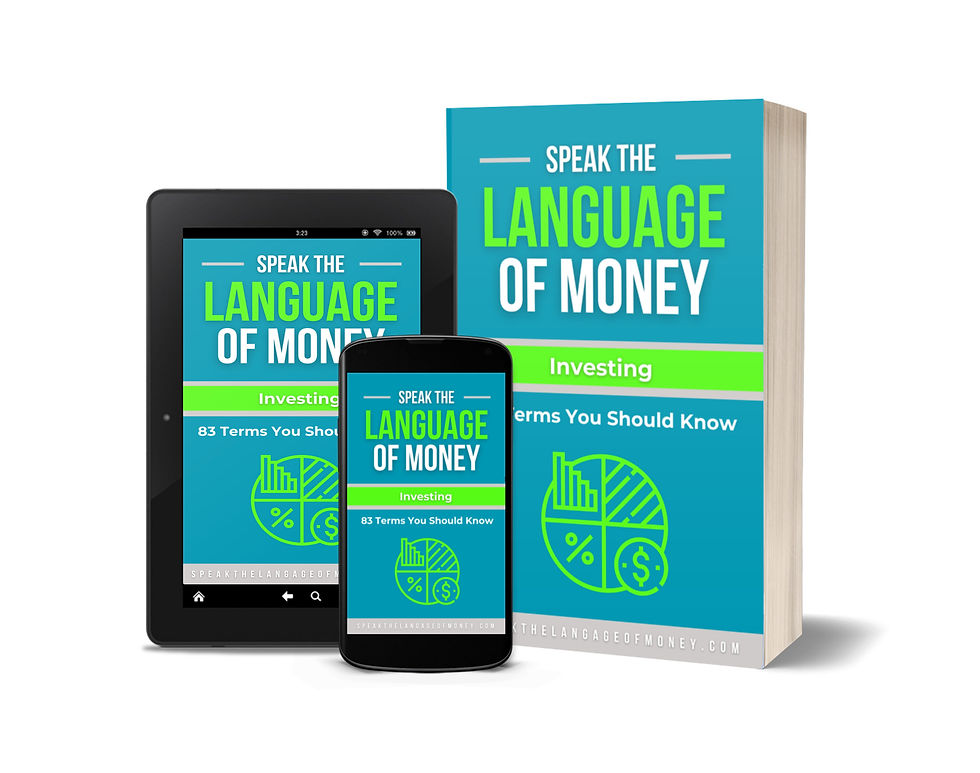Financial Word of the Day: Volatility Index (VIX)
- Larry Jones

- Sep 24, 2025
- 2 min read

Introduction
If the stock market had a “fear gauge,” this would be it. The Volatility Index (VIX) measures expected market volatility over the next 30 days, based on options trading activity for the S&P 500. When investors expect calm waters, the VIX tends to be low. When storm clouds gather—like during financial crises, big geopolitical events, or surprise economic data—the VIX spikes.
Think of it like a weather forecast: the higher the VIX, the greater the chance of turbulence ahead.
Definition of Volatility Index (VIX)
The VIX is calculated by the Chicago Board Options Exchange (CBOE). It’s derived from the prices of S&P 500 index options. Higher option prices often mean investors are bracing for bigger swings in the market, which pushes the VIX higher.
A low VIX (say, under 15) generally signals investor confidence and market stability. A high VIX (say, above 30) often signals fear, uncertainty, and big swings in stock prices.
Why Should You Care?
Even if you never trade options, the VIX is a quick pulse check on the overall mood of the market. Here’s why it matters for everyday investors:
Market Sentiment – The VIX reflects whether investors are feeling calm, cautious, or outright panicked.
Risk Awareness – A rising VIX is a reminder that markets could swing wildly. If you’re heavily invested in stocks, it’s a good time to double-check your risk tolerance.
Opportunity Spotting – Some long-term investors actually get excited when the VIX spikes, because panic-driven sell-offs can open the door to buying great companies at a discount.
Example in Conversation
Imagine two friends talking about their portfolios:
Taylor: “Man, the market’s been all over the place this week.”
Chris: “Yeah, no wonder—the VIX just jumped over 25. Investors are bracing for some big moves.”
In that quick comment, Chris isn’t predicting doom. They’re just noting that the “fear gauge” is flashing a little hotter than usual.
Bottom Line
The Volatility Index (VIX) doesn’t tell you which way the market will move—it just tells you how bumpy the ride might get. Think of it as the turbulence meter on an airplane: it can’t predict the destination, but it will tell you whether to buckle your seatbelt a little tighter.
So next time you hear someone mention “the VIX,” you’ll know they’re talking about the market’s emotional temperature. Keep an eye on it, but don’t let fear run your financial plan. Calm, consistent investing usually wins—even when the fear gauge is jumping.
Today’s Takeaway
The VIX = the stock market’s fear gauge. Low = calm. High = panic. Use it as a tool to understand sentiment, but stick to your long-term plan.






Comments